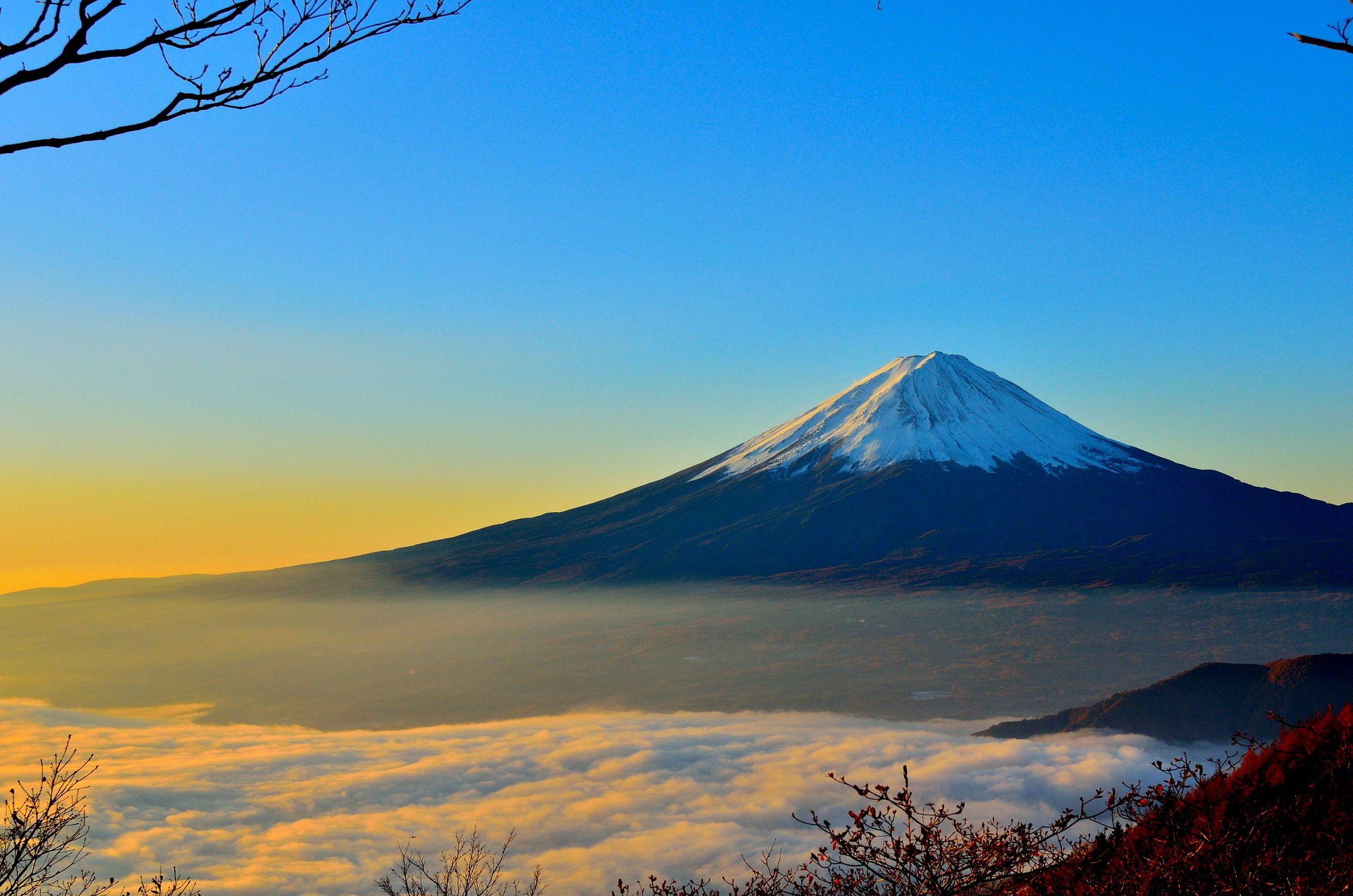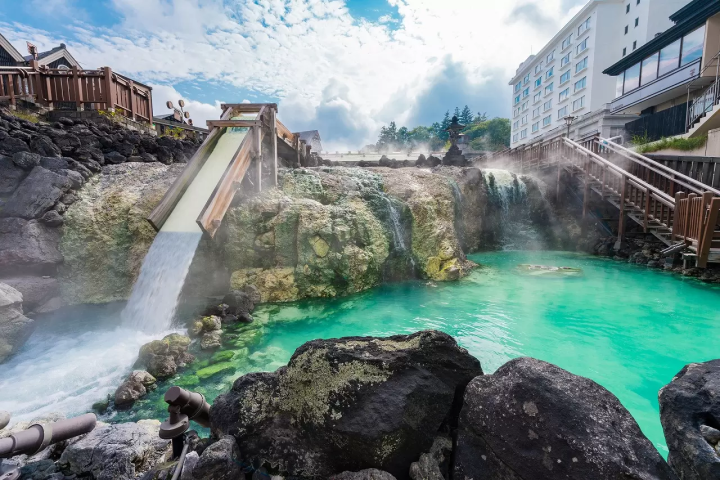Japan’s Hidden Gem: shrines surrounded by trees. impressive waterfalls. age-old temples. untainted hot springs. old-fashioned workmanship. strawberries with a ruby hue. Lakes that are like glass. is the oldest resort hotel in the nation.
There is one place in Japan that has it all—historical sites, delectable food, and tranquil natural surroundings around a beautiful national park. And lastly, what’s the best? It is also a simple two-hour train ride from Tokyo, making it less crowded and less well-known than many of Japan’s more popular tourist attractions.

Greetings from Nikko. This little rural city in the Tochigi Prefecture may be modest, but its influence on Japan is profound, as evidenced by the epic environment of untamed mountains, woods, and waterfalls, as well as the astonishing number of UNESCO World Heritage sites.
Even the Japanese have a proverb that expresses how much they value the city’s connection to nature and its 2,000-year-old cultural legacy: “Never say Gekko [satisfied] until you’ve seen Nikko.”
Stepping back in time is a good place to start. From the train station, walk straight to the picturesque forested mountain slopes that are home to a scattering of the more than 100 religious structures that make up Nikko’s UNESCO World Heritage Site shrines and temples.
One significant feature is dispersed amid the centuries-old cedar trees: A stunning collection of almost a dozen buildings makes up Toshogu Shrine. It has strong symbolic value and is aesthetically dramatic: Tokugawa Ieyasu, the renowned samurai leader and 17th-century shogun, is honoured here, amidst a flourish of elaborate workmanship, tiered pagodas, ancient cedar trees, golden gates, and lashings of gold.
Explore the tranquil gardens while keeping an eye out for the antique wood sculpture of the shrine featuring three sage monkeys. It’s said that this famous adage, “Hear no evil, see no evil, speak no evil,” originated here, in front of the so-called Twilight Gate.

For those who are lucky enough to travel in May, the temple presents the legendary atmospheric 1,000 Samurai Procession, a ritual-based warrior ceremonial, at this time each year.
Another attraction is Rinnoji Temple, which was built by the illustrious Buddhist monk Shodo Shonin, who founded Nikko’s first temples and set the city firmly on the spiritual map. Rinnoji Temple features a mountain background, wooden halls, and serene Japanese gardens.
Nikko’s cultural allure is supported by one main character: nature. Outdoor enthusiasts will find paradise in the enormous mountain range known as the Nikko National Park, where they may engage in sports like canyoning and hiking. Simply bathing in one of the several onsen, or natural hot springs, in the area can do the trick for those who prefer a more relaxing setting.
Additionally, waterfalls are worth looking for, particularly Kegon Falls, where water gushes from a height of around 100 metres while being encircled by thick, tumbling trees. In the meanwhile, Lake Chuzenji, also known as the Sea of Happiness in poetry, lives up to its moniker with bursts of cherry blossoms in the spring, flaming autumn foliage, tranquil bird-watching, and challenging hiking.



